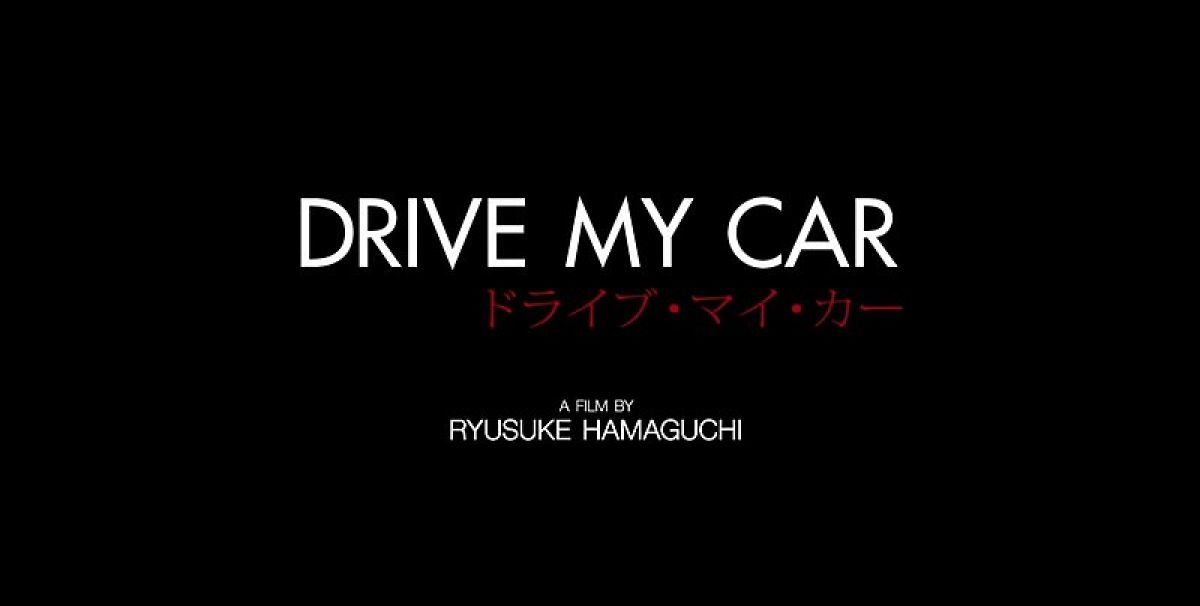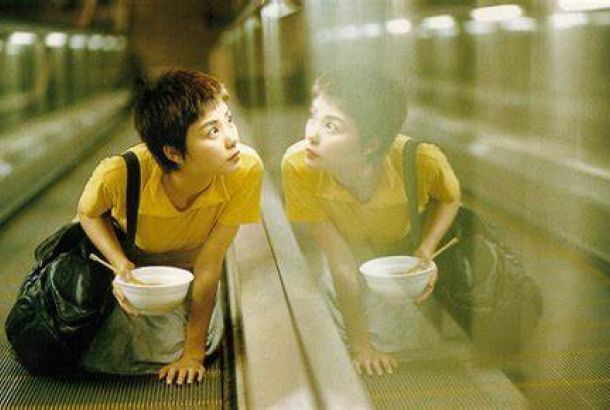Drive My Car: A reflective drive through the terrains of grief and loss

Ryusuke Hamaguchi brings us a poignant adaptation of Haruki Murakami’s short story Drive My Car, featured in the 2014 short story collection Men Without Women. However, Hamaguchi doesn’t stop at one story. He interweaves not only Scheherazade, another from the same collection, but also Chekhov’s Uncle Vanya. This intertextuality places huge importance on the role of storytelling throughout the film, with the protagonist often using his art as a replacement for emotional vulnerability.
The story centres around Yusuke (Hidetoshi Nishijima), an actor and soon to be director, and his wife Oto (Reiika Kirishima), who works in television. They have both been burdened with the loss of their daughter. Oto is a storyteller, and her hypnotic voice is present throughout the film. She not only helps her husband learn lines by recording tapes, which he listens to when he drives, but also tells stories on the brink of orgasm, which he recites back to her the morning after. This includes the one and only Scheherazade, a story about a girl who sneaks into her high school crush’s house, taking something every time and replacing it with one of her own belongings.
Although their relationship seems perfect, Yusuke soon realises that his wife is having many affairs. However, he never broaches the subject with her, fearing to lose her. Oto suddenly dies, and we are left with a broken, grief-stricken Yusuke, who never addressed the underlying issues of his marriage. Struggling to connect to the world he soon moves to Hiroshima to finally direct Uncle Vanya. The production is unusual and complex, using actors from all over Asia, who all speak different languages. One of these actors, cast as Uncle Vanya, is an old colleague of his wife, causing an underlying and often brutal tension. In moving to Hiroshima, Yusuke is assigned a driver, Misaki (Toko Miura), who soon becomes his quiet companion. The leading role in this film is the car itself, a red Saab, which seems to be a space in which the deepest emotions are shared and reflected upon. In many ways, it acts as the beating heart of the film.
Drive My Car is a film based on grieving characters who struggle to connect. Ryusuke Hamaguchi has spoken of the difficult task of adapting these characters on to screen saying that “Murakami’s writing is wonderful at expressing inner emotions, and I think that’s why people want to adapt them. But it’s really difficult to re-create those inner feelings in film.” Hamaguchi and his cast make this task look easy somehow capturing internal emotion in its intense subtext.
Hidetoshi Shinomiya’s cinematography offers up an effervescent simplicity. He contrasts wide aerial shots with intimate closeups, placing the characters close to the expanse of nature and landscape to represent this interiority. Shinomiya also uses doubling shots. For example, a similar shot is used in both Yusuke’s daughter’s memorial service and his wife’s funeral, paired with a haunting religious prayer, the cinematographer emphasises the quiet grief Yusuke experiences.
The cinematography, paired with the simple colour palette, creates a beautiful simplistic landscape for the actors to work off. By using grey and blue tones, Hiroshima and Yusuke’s home are presented as a dull form of life. Hamaguchi often shows grey skies and buildings, subtle orangey-toned tunnels and deep dark evening blues. The only contrast to this is the red flash of the Saab, as if to offer a sense of importance and intensity, reflecting the quiet yet crucial conversations had in the vehicle. This includes the dialogue between Oto and Yusuke. Oto lives on in some way in the tapes, her voice consistently emanating from the car’s walls.
The actors all give sombre naturalistic performances, but Toko Miura’s performance feels especially intense. Despite that her story is not told until the end, Miura emulates a quiet numbness throughout the film, burying her grief and the difficult memories of her past. Her performance goes hand in hand with that of our leading protagonist. Nishijima’s performance is beautiful. The way in which he deals with the feelings of grief and despair are commendable, aligning perfectly with Murakami’s portrayal of grief; a quiet, controlled and often buried form. He has the reflective nature of a Murakami character, and often he is seen lost within his inner emotional landscape.
With Drive My Car, Hamaguchi has created an adaptation that perfectly encapsulates a man struggling to emote, giving everything to the characters he plays instead of facing up to his true emotions. The film director offers a breathtaking representation of shared experience. With just a look through a rearview mirror or two cigarettes lit against the night sky, viewers are blessed with a moment of complete human understanding. The understanding that everyone will experience loss in their lifetime.
5/5.







